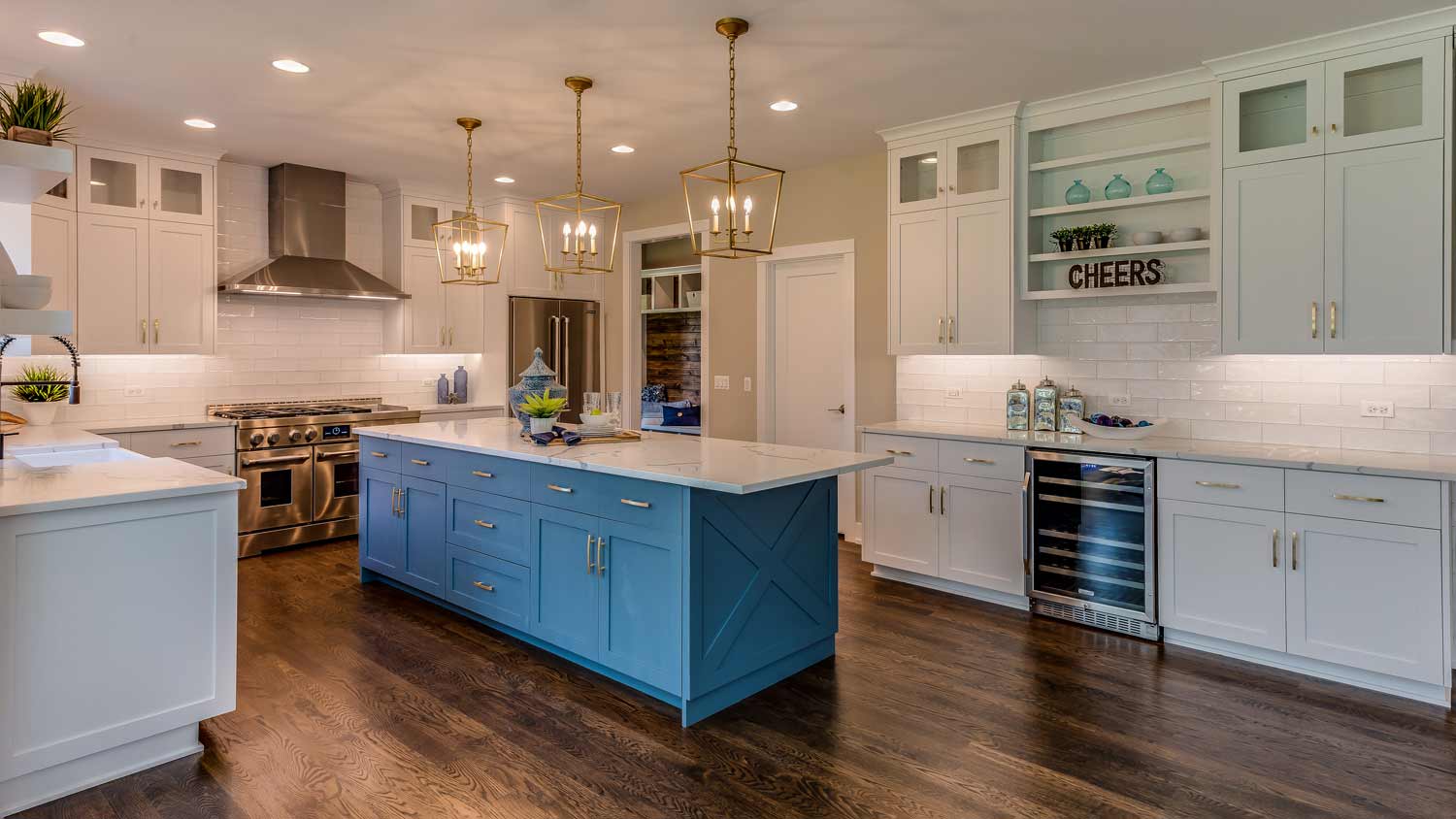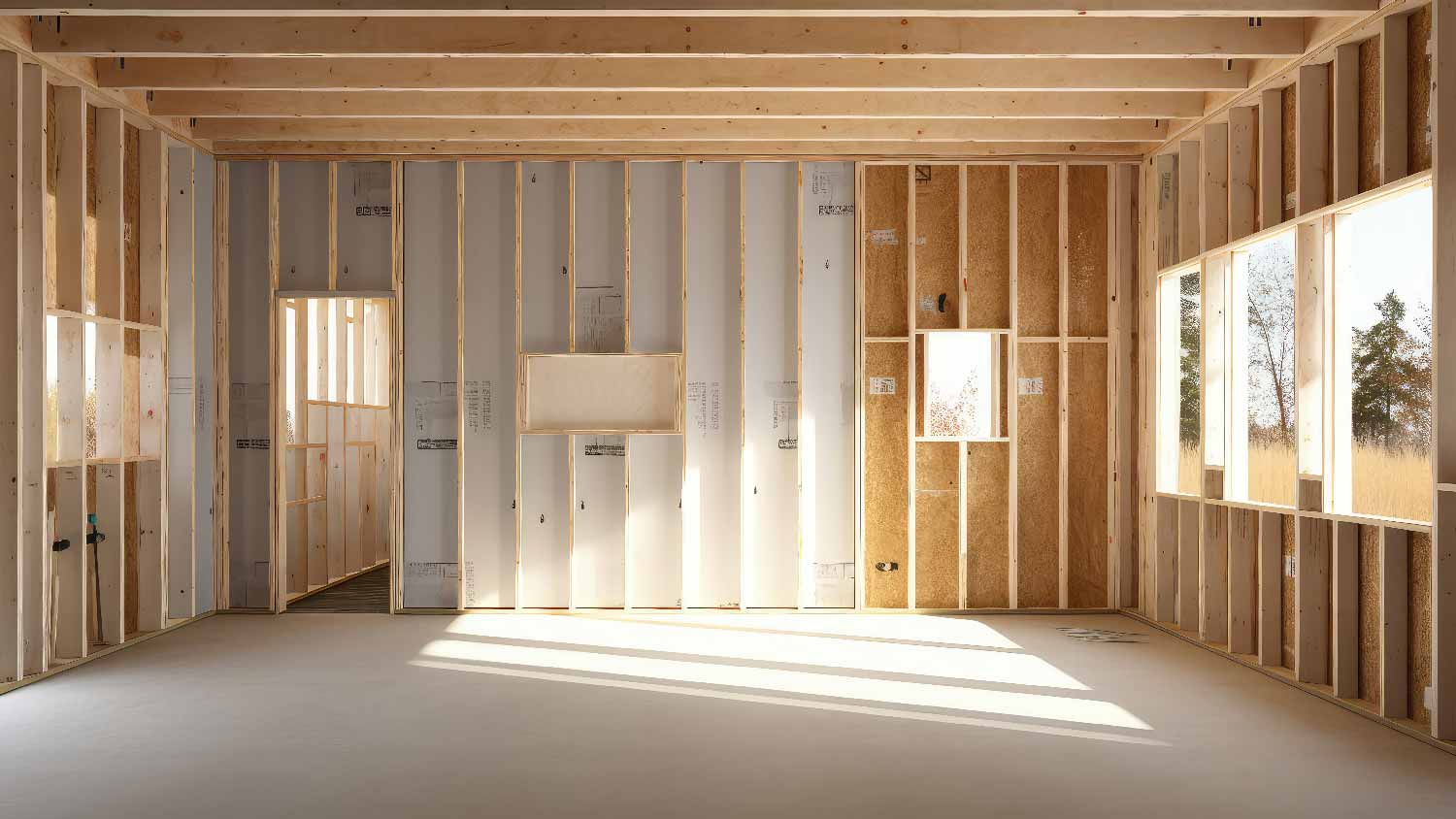
The cost to frame a house can vary depending on the size of your home, the structure you’re building, and your materials. Keep reading to learn how much framing your house might cost.
Raise your knowledge to restore your stair lift to working order


Simple stair lift issues include low batteries, faulty key positions, misalignments, or blocked sensors.
Electrical problems and mechanical issues are best left to the pros.
A new stair lift costs approximately $7,100 on average.
Some stair lifts have error codes to help you pinpoint the problem.
If your stair lift isn’t working as intended, it can be nearly impossible to transport a loved one from point A to point B. Fortunately, stair lift troubleshooting is a quick way to get your motorized chair up and running again. We’ve compiled a list of the most common stair lift problems and how you can go about fixing them pronto.
If a stair lift is improperly installed, the homeowner risks injury and/or damage to the stair lift. It's highly recommended to contact a pro to ensure the installation is done properly.
Some stair lifts have a key switch that enables the equipment to move to prevent children or unauthorized people from using it—this mechanism can backfire if a child gains access to the key and moves it, or if someone accidentally bumps or shifts the key. If the key switch isn't in the correct position, or someone has removed it, this could prevent your stair lift from operating.
To fix it, first check that the key switch is fully inserted into the slot. Most stair lifts have the key switch in an inconspicuous location, such as under the armrest. Then, confirm that the key is positioned in the “ON” setting.
If someone has misplaced or lost the key, you can order a new one for anywhere from $25 to $150 depending on the manufacturer.

Your next place to investigate for stair lift troubleshooting is the power source. A stair lift that has no access to power won’t operate. If your equipment has an indicator light, you can easily tell if the power source is compromised. There should be a light on for devices with this built-in feature. Once you've identified a power supply issue, you can narrow it down to two probable causes: an electrical issue or an equipment issue.
Rule out circuit issues by checking for a blown fuse or tripped circuit breaker. If there's no issue with your electrical panel, unplug your stair lift and plug in a device that works. If that device fails to turn on when plugged in, then you could have an issue with the outlet. Hire an electrician near you to handle underlying electrical problems.
If the device works, then there may be an underlying issue with your stair lift. In this case, you may need to call a local stair lift installer to get to the root of the problem.
Stair lift systems have a battery disconnect switch that functions as the main shut-off switch for the entire system. If the battery disconnect switch has been flipped to the “OFF” setting, this could explain why the stair lift won't turn on.
It's difficult to accidentally flip the battery disconnect switch because it is usually placed in a location that prevents this from happening. Some stair lifts have a battery disconnect switch in the lift carriage, while others may have a switch near the diagnostics display panel. Refer to your manufacturer’s manual to find the location of the battery disconnect switch, then check to see if it's been triggered into the off position.
When a stair lift’s control button batteries die, the remote won’t work. This issue is a quick fix—replace the batteries and see if that solves the problem. If that doesn’t fix the problem, then you may have a defective remote or need to replace it.
Not all stair lifts fail to operate correctly because of a lack of power. Instead, some stair lifts receive too much power, which can cause the equipment to turn off as a safety measure. The main shut-off switch in certain models operates like a breaker that shuts down when overloaded.
Signs that your circuit is overloaded include:
Fluctuations in lighting—especially when you power on an appliance that uses more electricity.
Switches that are warm or hot to the touch
Buzzing sounds in your switch or outlet
Signs of burning outlets, like burns or smells
The safest way to fix a circuit overload is to hire a skilled electrician to investigate and resolve the issue for you. If you notice signs of an overloaded electrical circuit, discontinue using your stair lift. If you absolutely need to use it, try unplugging other equipment on the same circuit to relieve the electrical load while waiting for your technician to arrive.
A less serious stair lift issue is an incorrect swivel seat position. If your stair lift won’t move and makes beeping noises, then the swivel chair may be displaced. The chair usually has a sensor that prevents the lift from operating if it detects an obstruction, though you can manually move a stair lift if necessary. Stair lift seats should be positioned perpendicular to the stairwell, with the seat facing the railing or wall to signal to the equipment that nothing’s blocking the way.
Fix this problem by checking the swivel seat position to ensure that it's clicked into place to see if the beeping sound goes away.

Just like with an incorrect swivel seat position, if your stair lift has armrests or footrests that are out of alignment, then the sensors may prevent your lift from moving.
To troubleshoot a stair lift with displaced armrests or footrests, narrow down the issue by inspecting each section and correcting the position if you notice one is out of place. If this doesn't fix the issue, check if your stair lift only moves in one direction. This could mean that you have a sensor malfunction. The direction your stair lift won't move shows which sensor is faulty and needs replacing.
Stair lifts tend to have several safety sensors located around the device. Sensors located on the footrests, armrests, lift tracks, and bottom and sides of the carriage can get obstructed or pushed in. As a safety precaution, stair lifts will not move if any of the sensors get pushed. This is a design feature meant to prevent people, pets, or objects from getting crushed.
To solve the issue, visually inspect the surrounding area, remove objects in the way, and release any activated sensors by unloading the spring to fix this stair lift problem. In addition, keep the track lubricated to allow it to run smoothly.
While beeping sounds could mean triggered stair lift safety features—such as a blocked sensor—sometimes, unusual sounds could mean more serious issues are at play. If there’s a mechanical problem, your stair lift might beep in warning. Larger culprits include a problematic circuit within your stair lift, loose connections, or a motor on its last limb.
The fastest and most accurate way to troubleshoot a stair lift with internal problems is to find out who installs stair lifts in your area and then contact the local stair service company to service the equipment.

If your stair lift model has advanced diagnostics, you can see the error codes on the display featured on your device. Jot down the error code and compare it to the information in your owner's manual to see what could be wrong with the lift. This can speed up the time it takes for a professional to get to the root of the problem and fix your stair lift.
Older stair lifts that continue to need troubleshooting may be better off replacing. The average cost to install a stair lift ranges from $2,300 to $24,000, or around $7,100 depending on whether you choose a curved stair lift vs. a straight one. Curved stair chair lifts cost $7,400 to $14,000 more overall. You can also save on costs if you decide to rent instead of buy a stair lift, so talk with an installer to consider your options if it’s time to replace your stair lift.
From average costs to expert advice, get all the answers you need to get your job done.

The cost to frame a house can vary depending on the size of your home, the structure you’re building, and your materials. Keep reading to learn how much framing your house might cost.

Recessed living rooms used to be popular but have fallen out of favor. This guide discusses the cost to raise a sunken living room to modernize your home.

Installing a dumbwaiter can save you time and energy. Learn how much a dumbwaiter costs with this guide.

The cost to install a wheelchair platform depends on size, type, labor, and other factors. See how much your wheelchair platform could cost.

If you’re replacing your roof or flooring, you might be wondering, “How much plywood do I need?” The answer comes through a simple calculation.

Choosing the type of framing for your home isn't a decision to make lightly. Compare metal studs vs. wood studs to find the best base for your house.